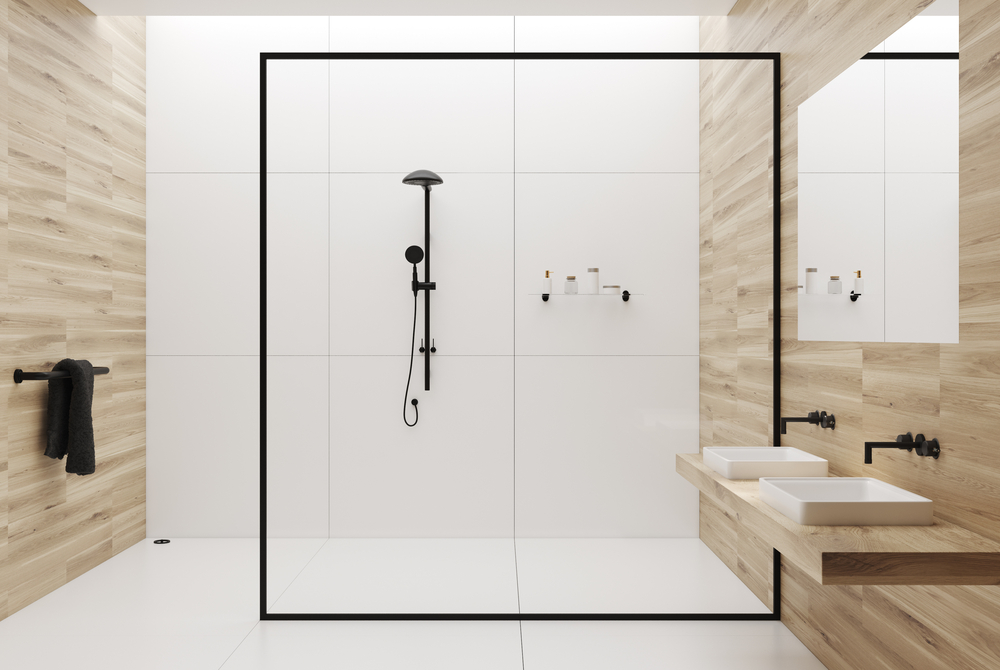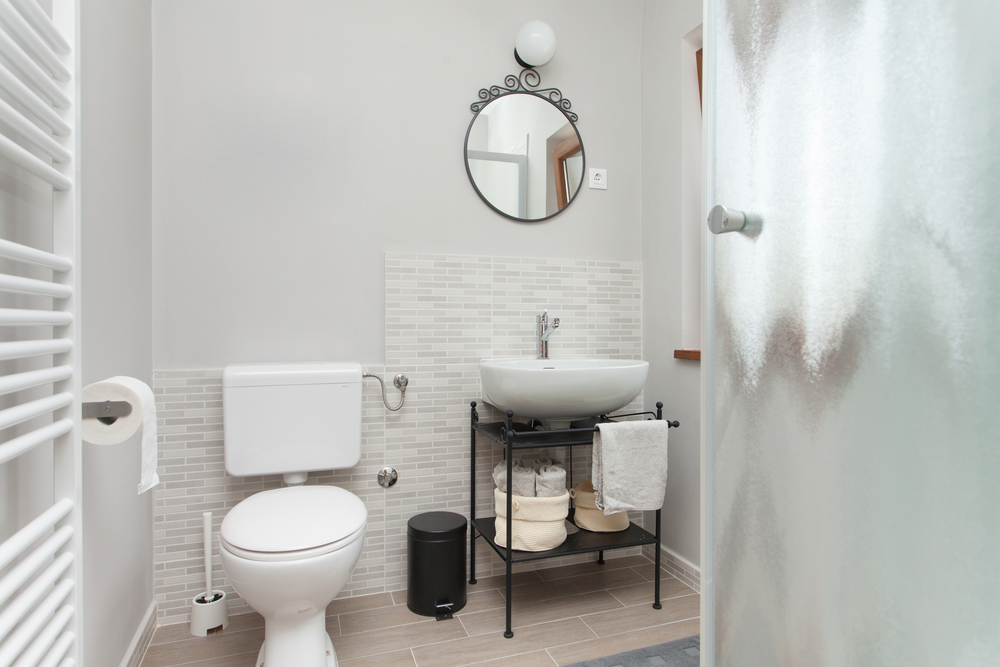
Blending accessibility with style, wetrooms have been designed for, and installed in, many kinds of properties, whether residential or commercial. It’s a popular choice amongst many types of homeowners, too. From those desiring a touch of luxury in their house, to busy family households with young children, or those with limited mobility, wetrooms are popular and sought-after.
For those with existing bathrooms, it could be easy to simply replace and update elements of the bathroom, but a complete wetroom conversion can bring more value. Wetrooms are celebrated for being easy to clean, safe, and practical. But how easily can you convert a bathroom into a wetroom?
Can you Convert a Bathroom into a Wetroom?
Yes, you can absolutely convert a bathroom into a wetroom. Depending on the space you have available, there are many layouts you could choose. You can keep your bathtub if you fancy a soak or choose to go full wetroom and make it into an idyllic shower.
Considering a Conversion?
From waterproofing to the availability of space, wetrooms can be designed to address many of the issues that commonly trouble conventional bathrooms. Before considering whether to convert your bathroom into a wetroom, there are some things to think about.
Second bathroom
If you’ve got multiple bathrooms, it’s a good idea to choose carefully which one you want to convert. While any size bathroom can work for a wetroom conversion, your downstairs visitors’ toilet probably isn’t the best idea.
An en-suite bathroom, however, is ideal to convert into a wetroom. Whereas other bathrooms may be useful for guests or other family members, especially in busy households, an en-suite wetroom gives the master bedroom added luxury and a greater sense of privacy.
The size of the room doesn’t make a huge difference, nor does it matter where it’s located in your house. This means you can convert a small bathroom into a wetroom. Rather than limit your conversion to the ground floor, you could install a wetroom upstairs. Even if you’ve got awkward or unusual angles or a sloping ceiling, then a wetroom is more effective than a bathroom and can use the space more meaningfully. A glass screen or partition can be fitted to any shape of room, sectioning off your shower from the rest of your room. This prevents water spray or runoff, which is especially important for smaller rooms, where excess water that isn’t properly managed can quickly cause costly damage.

Waterproofing is a top priority
An important aspect in wetroom layout and design is waterproofing, known as tanking. This can add a centimetre or so to each wall, depending on the materials and tiles used in the construction of your wetroom. CCL Wetrooms, for example, has a Flexible Wall Membrane (FWM) that, once applied, integrates with the full tanking solution to ensure a room is watertight. As well as waterproofing your walls, using a product like Tilesure creates a watertight seal before you lay tiles to protect the flooring underneath.
If waterproofing isn’t a top priority during your conversion, then you risk a wetroom that leaks, or struggles to manage moisture and damp levels. As bathrooms experience unusual levels of moisture and water build-up, having a wetroom designed to mitigate these problems can save you the stress and costs of water damage. Without proper waterproofing, you could be at risk of water-related damage.
Flooring and drainage
Alongside top priorities like waterproofing, the matter of drainage is important. A well-designed wetroom can manage water run-off or excess build-up of moisture or damp through a combination of ventilation and drainage. This is because no one wants pooling water on their bathroom floor.
Thanks to modern wetroom technology, there are stylish options for any type of wetroom, regardless of the available space. In fact, one of the biggest changes from a bathroom to a wetroom is the flooring. In most cases a slope or incline will need to be created to ensure the correct drainage. Where drainage is critical in wetroom design, meaning it’s both discreet and functional, bathrooms often lack this and can feel outdated by comparison.
You’ll also need to ensure that your drainage solution can handle your flow rate, or the pace at which water is drained. This should be quick and consistent, or anywhere between 10 and 15 litres per minute.
This is, typically, one of the longest parts of the process, as drain installation can be highly technical and detailed. Flooring slopes are done to the millimetre and it’s a very good idea to hire a professional to fit and manage this part of the process, as the slightest millimetre out and you could have water pooling on your floor.
Ultimately, the answer is yes you can very easily convert a bathroom to a wetroom regardless of size. However, employing a professional with a good warranty, such as CCL is key to ensuring the success of the project.









